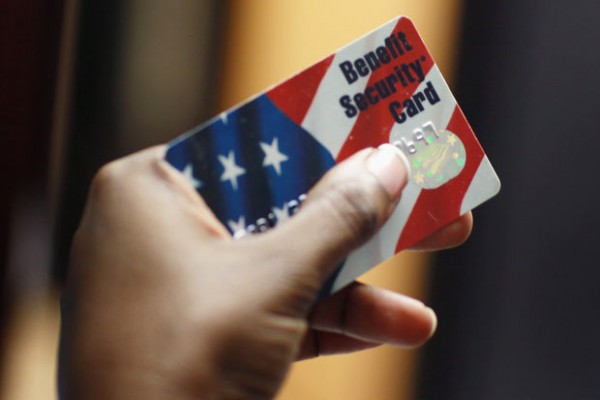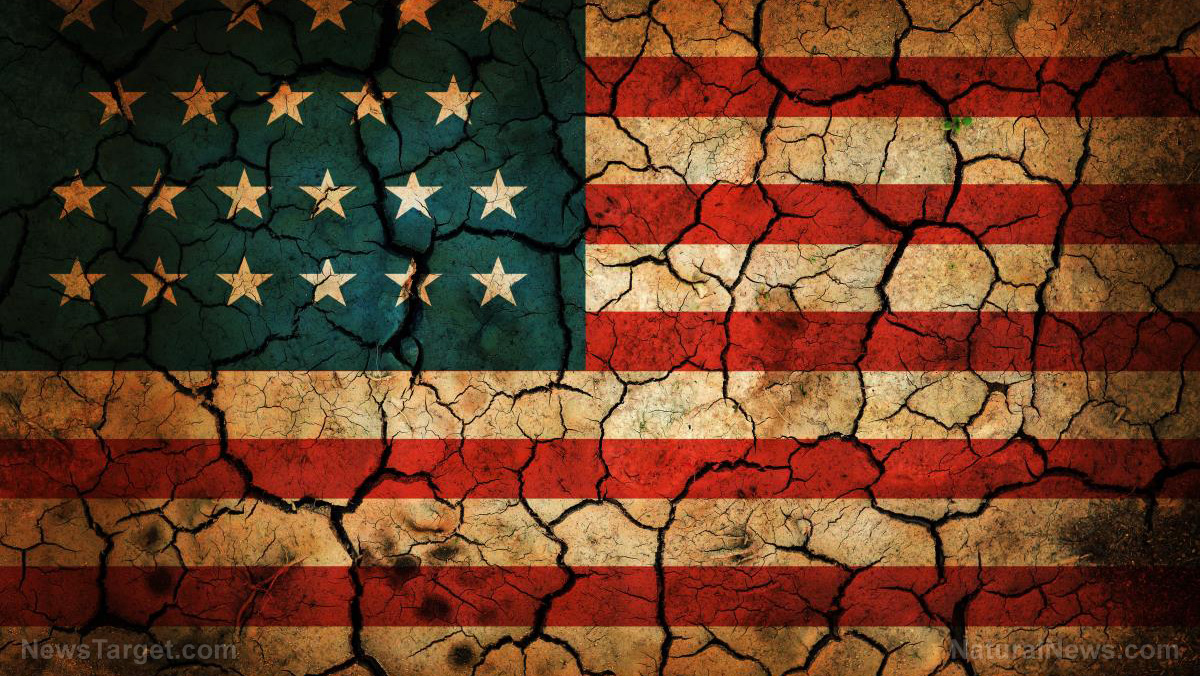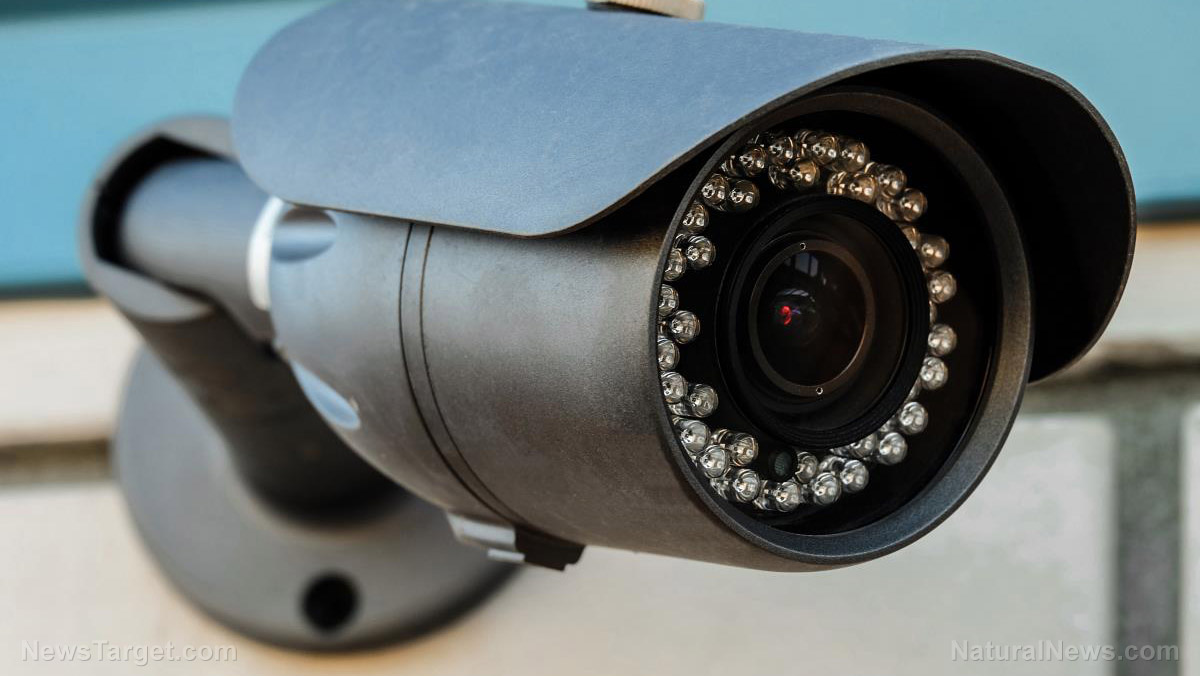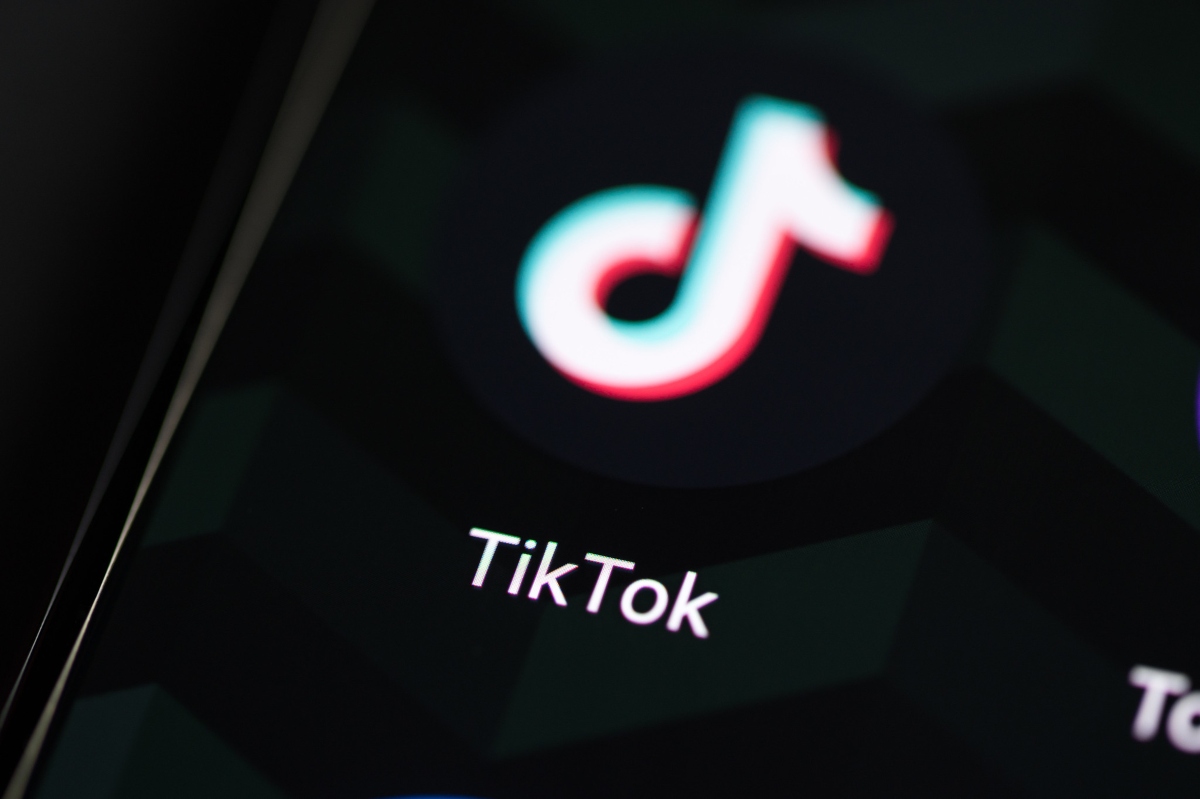
Introduced back in March, the app has already been used by welfare recipients to upload more than 1 million filing documents, according to The New York Times. The app not only guides users in how to submit complex SNAP paperwork for agency review, but it also allows them to easily check their eligibility status in a pinch, as well as schedule upcoming appointments with the agency to keep the gravy train rolling.
Made possible with a $1.5 million grant from the U.S. Department of Agriculture (USDA), ACCESS HRA Mobile functions like a personal assistant for those on welfare who apparently can't even be bothered with having to exert the energy required to apply for free food and other taxpayer-funded benefits. Many welfare recipients, according to the grant announcement, are failing to submit their paperwork on time, and thus require yet another "nanny" state authority to help them obtain the basics for survival.
The app, says the USDA, is meant to help "improve the ways low-income New Yorkers can interact with HRA and will help to address the persistent challenge of clients missing deadlines to complete the SNAP eligibility process."
As New York City drowns in debt, welfare benefits take top priority
In order to even operate the ACCESS HRA Mobile app, one needs to have a "smartphone" like an iPhone or Android that's capable of performing its various complex functions. This means that welfare recipients must have in their possession a device that costs upwards of about $700 – or what would have been considered a luxury in the not-too-distant past – in order to take advantage of the program.
So, what percentage of welfare recipients currently own a smartphone, you might be asking yourself? If the first figure that comes to mind is anything less than an overwhelming majority of them, then you'd be wrong. According to the official data, nearly 70 percent of food stamp recipients currently own smartphones, which means they somehow have enough money in their possession to keep up with the latest technological gadgets, but apparently not enough to keep themselves properly fed without government assistance.
To make matters worse, New York City, like much of the rest of the country, is suffering a major debt crisis. Per capita debt has nearly doubled over the past several decades, rising from $4,923 per capita in fiscal year 2000, to $9,782 per capita in FY 2016. The city's FY 2017 general debt-incurring power, according to its comptroller, is $90.24 billion, a figure that is set to increase by more than 20 percent to $110.30 billion in FY 2020.
"The City's debt finances the maintenance and upkeep of an infrastructure that must accommodate not only 8.55 million City residents but also about 900,000 daily commuters and over 58 million tourists annually," reads an executive summary issued by NYC's comptroller back in December. "While such spending is necessary, it is costly because of the City's varied and aging infrastructure."
So, while NYC drowns in ever-expanding debt just to keep itself running for all the people who live there and actually work, those who don't do so are having the red carpet rolled out for them to access government benefits more easily than ever before.
Sources for this article include:
Please contact us for more information.























